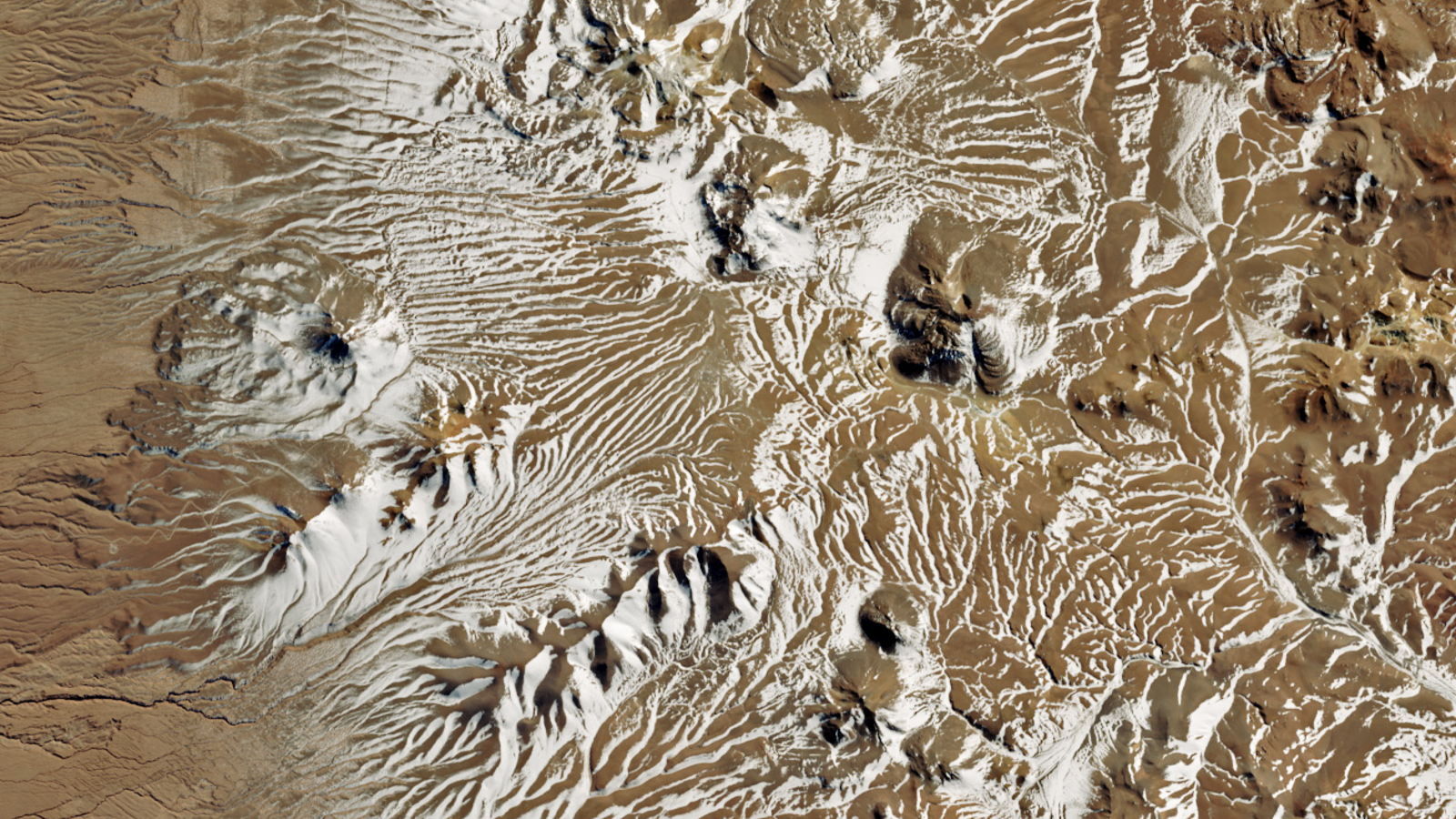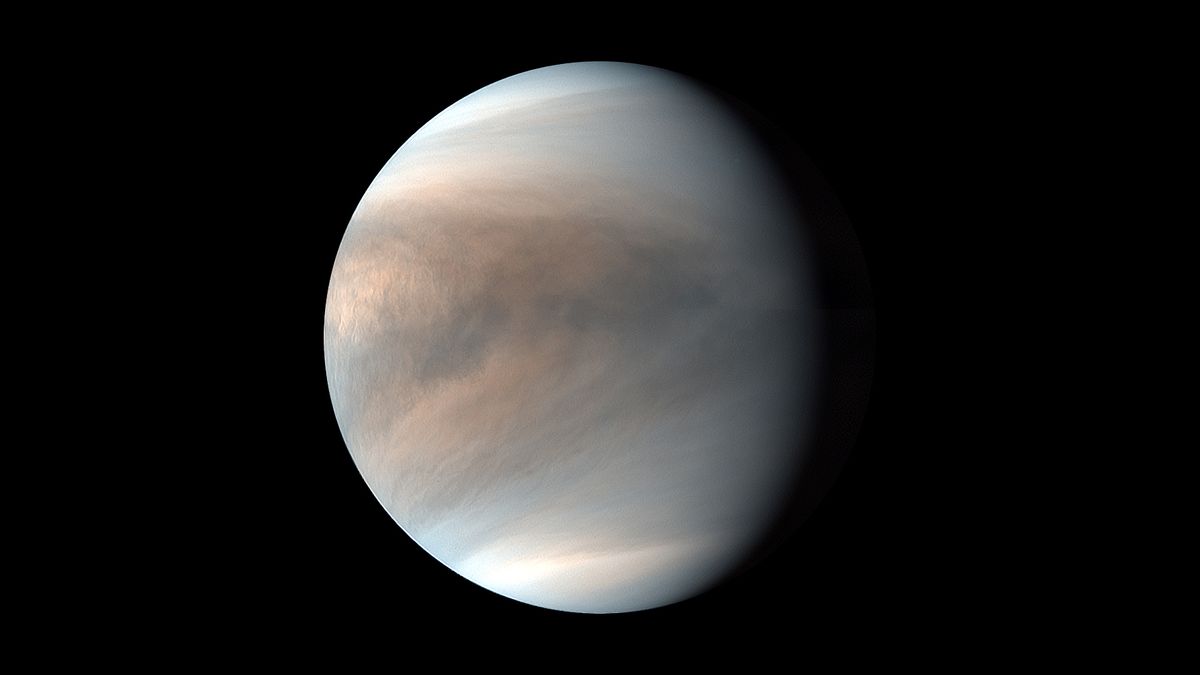On June 25 2025, snow fell on the Atacama Desert, the driest place on Earth. The unexpected storm swept through the high plains (the Altiplano and Chajnantor Plateau), blanketing terrain normally devoid of moisture.
What is it?
The Atacama Desert is situated in an area that makes it nearly impossible to receive storms like it recently did. This is due to the Chilean Andes mountain range, which creates a rain shadow over the area.
However, sometimes a cold-based cyclone penetrates the area, bringing precipitation as either snow or rain. In the case of the June 2025 snowfall, meteorologists said it was the first snow in the region for over a decade.
Where is it?
The Atacama Desert is found between the Andes Mountains and the coasts of Chile and Peru to the west.

Why is it amazing?
This image was taken by the MODIS (Moderate Resolution Imaging Spectroradiometer) instrument on NASA’s Terra satellite from low Earth orbit. It shows how the snow blanketed the Chilean landscape.
While telescopes in the upper mountains like the Southern Astrophysical Research (SOAR) Telescope received minimal snow, others lower down like the Atacama Large Millimeter/submillimeter Array (ALMA) received more, forcing it into "survival mode" and temporarily suspending all scientific research.
Want to learn more?
You can read more about telescopes in Chile along with the research happening at ALMA.
.png)
 German (DE)
German (DE)  English (US)
English (US)  Spanish (ES)
Spanish (ES)  French (FR)
French (FR)  Hindi (IN)
Hindi (IN)  Italian (IT)
Italian (IT)  Russian (RU)
Russian (RU) 







Comments